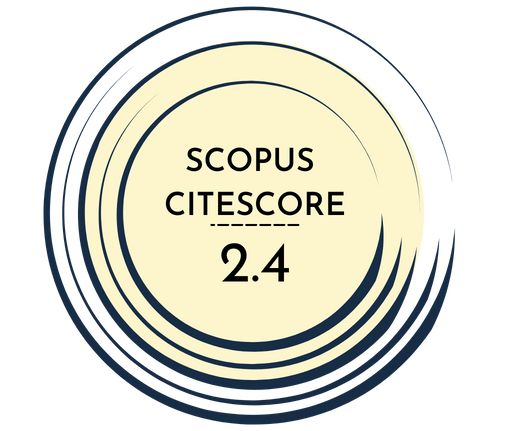Background/Aims: Sleep disorders (SDs) are frequently seen in patients with liver cirrhosis. Polysomnography (PSG), actigraphy, and electroencephalogram (EEG) are the common objective methods to diagnose SDs. The most commonly used subjective methods are the Pittsburgh sleep quality index (PSQI) and Epworth sleepiness scale (ESS). We aimed to evaluate the effect of liver transplantation (LTx) on SDs using a combination of objective (PSG and EEG) and subjective (PSQI and ESS) methods.
Materials and Methods: A total of 18 patients with cirrhosis on an LTx waiting list were included in this study. Patient clinical status and biochemical parameters were evaluated. All patients completed the validated Turkish forms of the PSQI and ESS before and 9 months after LTx. All patients underwent EEG and PSG before and 9 months after LTx.
Results: In total, 18 patients with liver cirrhosis (men: 12; 66.7%, mean age: 53.22±10.43 years) were included in this study. Pretransplant mean PSQI and ESS scores were 8.4±3.11 and 7.28±3.89, respectively; 9-month posttransplant mean PSQI and ESS scores were 4.5±2.8 and 4.72±2.91 (p<0.01), respectively. Before transplantation, metabolic encephalopathy was detected in 6 patients by EEG, whereas metabolic encephalopathy was detected in only 1 patient posttransplant. Posttransplantation PSG sleep duration (all stages) increased relative to pretransplant PSG values. Sleep latency and rapid eye movement latency were found to be reduced compared to the pretransplant values.
Conclusion: This pilot study compared SDs in patients with pre- and post-LTx by combining the subjective and objective methods. Significant SD improvements were found at the 9th month.
Cite this article as: Gençdal G, Türker G, Yazıcı Gençdal I, et al. Assessment of sleep pattern and quality before and after liver transplantation using different methods. Turk J Gastroenterol 2020; 31(8): 581-7.


.png)

